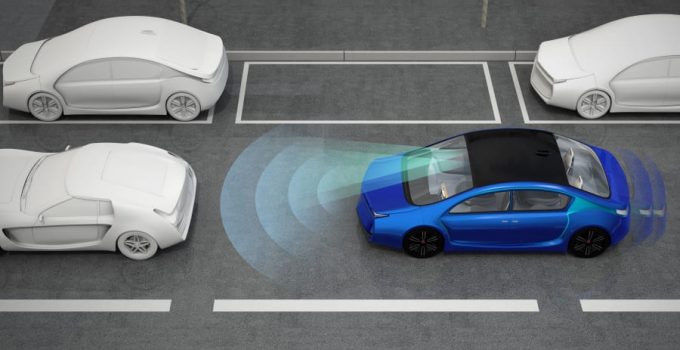
Brake assistants are emergency braking systems used in models from Mercedes-Benz, BMW, Volvo, Toyota and some others are used. These systems help reduce braking distances and can help prevent accidents. They compensate for drivers reacting too slowly or if too little pressure is applied to the brake pedal during emergency braking. All new cars sold in the EU must be equipped with an emergency brake assistant as standard.
Contents
How brake assistants work
One of the key elements of this system is a Sensor that measures the speed at which the actuator rod of the brake booster moves. When the brake pedal is suddenly depressed, the control module activates the vacuum booster solenoid valve. This increases the force with which the driver presses the brake pedal. As a result, the pressure in the braking system increases, so the wheel braking mechanism is activated earlier.
Popular car models with brake assist
- Volvo S60 I, XC60 I;
- Mazda CX-9 (TB);
- Mercedes-Benz C-Class W203, S-Class W221, S-Class W140, M-Class W163;
- Peugeot 508 I;
- Citroën DS3;
- Toyota Corolla XI.
Causes of faults in the brake assistant
- Broken movement sensor of the actuating rod of the vacuum booster.
- Oxidation of the contacts of the control unit.
- Openness in the cabling.
